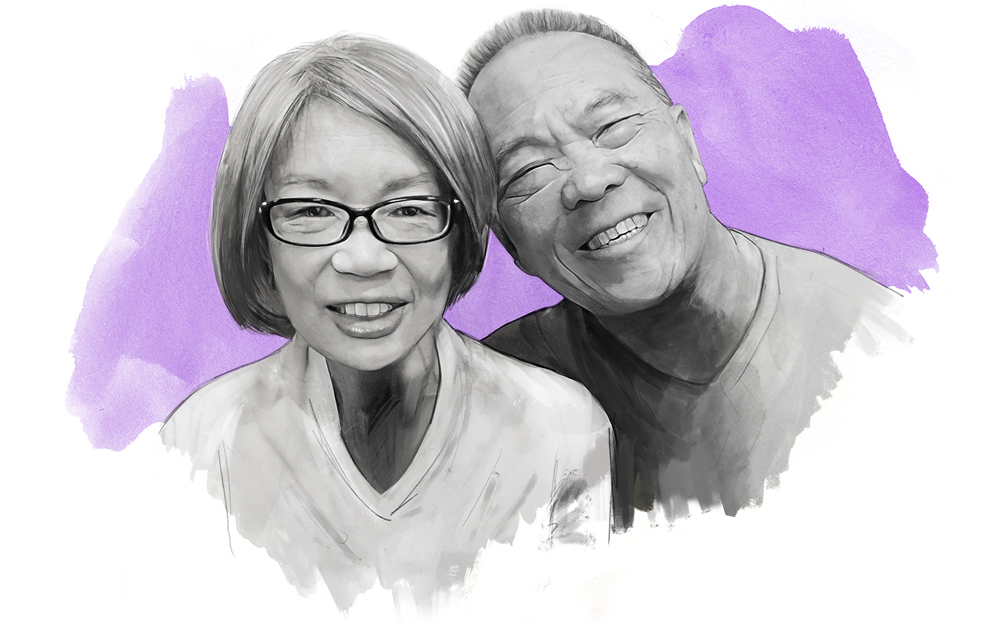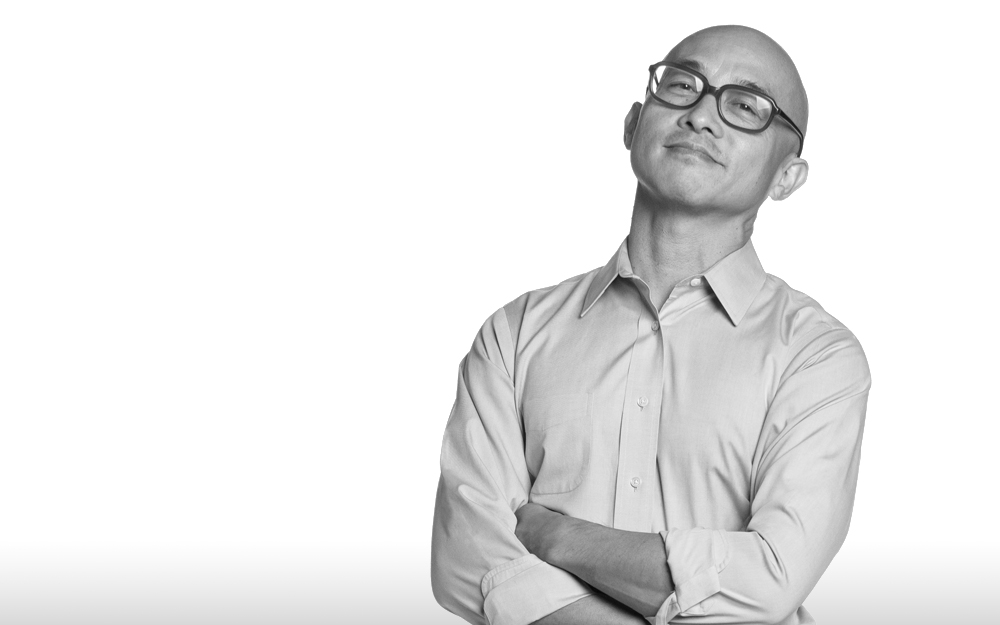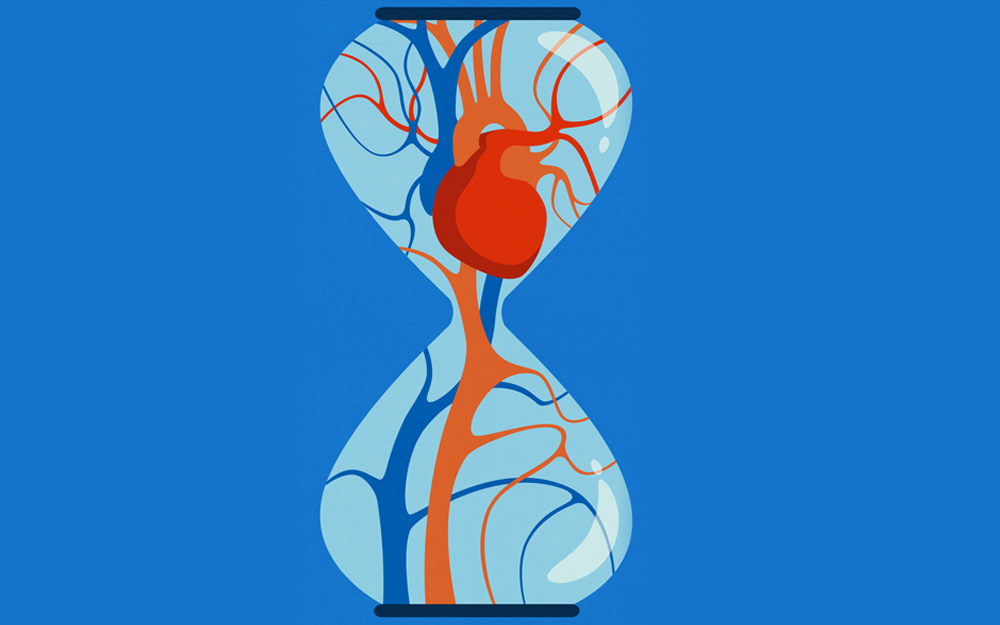Medical providers featured in this article
In Brief
{{cta-block}}
Mary Wong Lee was one of the first patients to receive an experimental vaccine for an aggressive form of brain cancer.
When they met as students at the University of California, Davis, in the 1970s, her first thought was: He’s not my type.
Mary Wong Lee was from a conservative, rural community in Central California, and Ed Lee was a long-haired hippie from Los Angeles.
He was spellbound from the start.
"He kept coming around," Mary says. "Now I’m stuck with him."
"We like to rib each other," Ed adds.
Married 45 years, the San Dimas, California, couple does just about everything side by side.
"We still enjoy every day together," Mary says. "I guess we don’t fit the statistics."
She was referring to their unusually long relationship. But she could have been talking about beating the odds in an even bigger way.
In 2006, Mary was diagnosed with glioblastoma, the deadliest form of brain cancer. But she was in the right place at the right time. Her doctor, Keith Black, MD, chair of the Department of Neurosurgery at Cedars-Sinai, was developing a vaccine designed to activate the immune system to fight glioblastoma.
Mary, who is 68, was one of the first patients to receive this investigative therapy in an early clinical trial. Typically, fewer than 3% of people diagnosed with glioblastoma live five years, but half of those treated with the experimental vaccine in the small phase I study survived longer.
The vaccine is now in a third phase clinical trial involving patients at more than 100 medical centers worldwide. Black, director of the Maxine Dunitz Neurosurgical Institute and the Ruth and Lawrence Harvey Chair in Neuroscience, notes that, while median survival for glioblastoma is about a year and a half, "we now have patients living past 10 years."
That, of course, includes Mary. For her, this added time meant being able to attend her two sons’ college graduations and weddings, getting to know her two grandsons and having more time with a devoted husband whose jokes still make her laugh.
Her cancer returned five years ago, but the tumor was small and she responded well to surgery and chemotherapy. Today, she says: "I’m fine. I’m happy. I don’t walk as quickly as I used to, and I’m a little slower reading, but I’m still here to boss Ed around."
They have breakfast and read the newspaper together, accompany each other on errands, and share quiet time as Mary knits and Ed reads. She has always been a great cook, and he has become her sous chef. "We focus on the simple joys of living," she says.
Ed, who sees those joys as profound, chokes up as he describes his wife. "She is strong and beautiful. And she’s a fighter," he says. "You can’t help waiting for the other shoe to drop with this cancer, but she always stays positive. Fourteen years later, here we are. I’m very fortunate that she has gotten used to me over the years."






